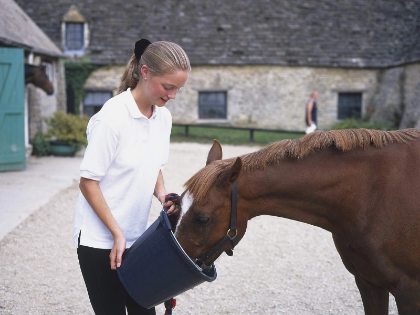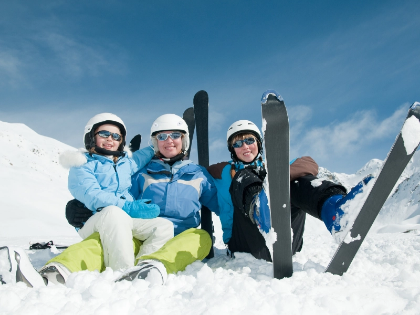Customising Ski Boots to Improve Fit and Performance
A proper footbed will improve the interface between your foot, boot, and ski by supporting and stabilising your ankle's natural mobility. Additionally, it will realign pressure to lessen strain and weariness on the ankles, knees, and feet. When fitting a boot, one of the most crucial measurements is ankle flexibility. To evaluate and enhance this area, boot fitters might employ a number of techniques.
Orthotics and Insoles
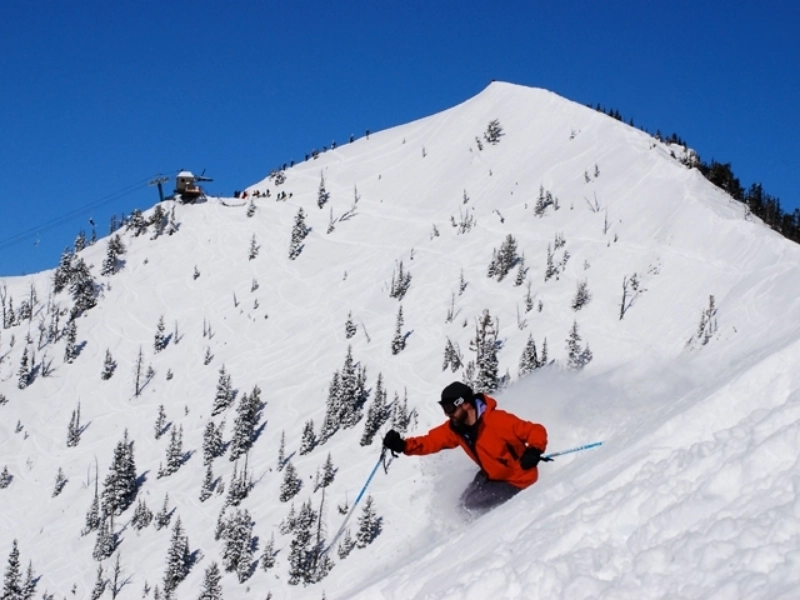
Extending
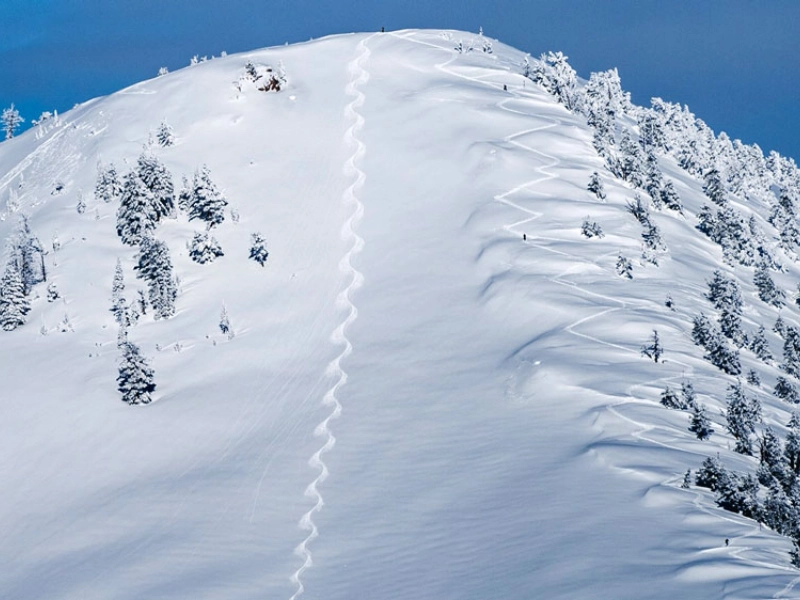 The majority of contemporary boots are heat moldable, which lets you alter the ramp angle—the heel lift slope on the lower shell—or sole canting to maximise fit and reduce pain. A variety of simple tests are available to bootfitters to assess your ankle dorsiflexion, which affects how well you can drive the skis, balance in the boots, and apply pressure to your foot. Fore-aft balance and boot comfort can both be significantly increased by making a little adjustment to the ramp angle.
In addition to not providing enough arch support or long-lasting cushion to fit your feet correctly, stock liner shoes can lead to navicular issues—the bony protrusion directly in front of the inner ankle bone—and black toenail problems. Punching holes in the boot's lining and heating it up to manipulate it is the most popular way to solve these problems. This is a fast, low-impact approach to improving the comfort of your boots; it's usually done after the cuff is remoulded.
The majority of contemporary boots are heat moldable, which lets you alter the ramp angle—the heel lift slope on the lower shell—or sole canting to maximise fit and reduce pain. A variety of simple tests are available to bootfitters to assess your ankle dorsiflexion, which affects how well you can drive the skis, balance in the boots, and apply pressure to your foot. Fore-aft balance and boot comfort can both be significantly increased by making a little adjustment to the ramp angle.
In addition to not providing enough arch support or long-lasting cushion to fit your feet correctly, stock liner shoes can lead to navicular issues—the bony protrusion directly in front of the inner ankle bone—and black toenail problems. Punching holes in the boot's lining and heating it up to manipulate it is the most popular way to solve these problems. This is a fast, low-impact approach to improving the comfort of your boots; it's usually done after the cuff is remoulded.
Changes to the Shell
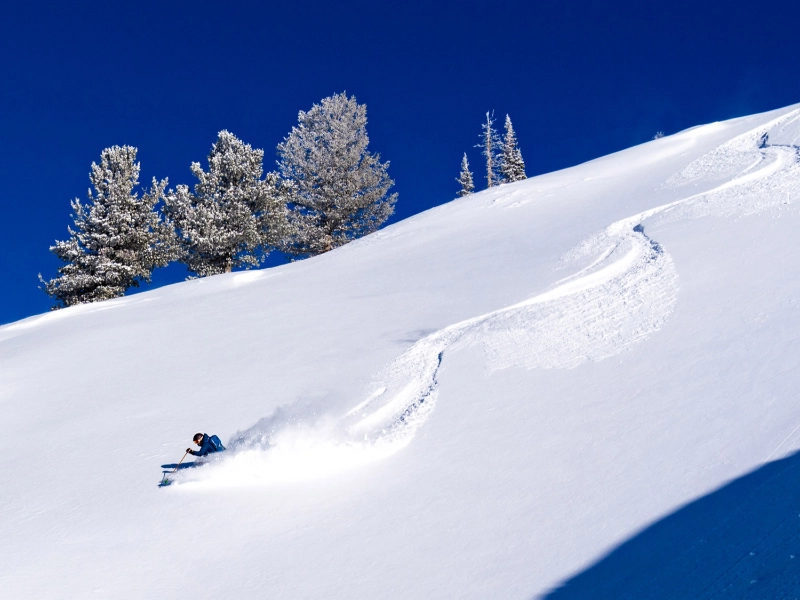 It's not unusual for boots to require minor adjustments, even if you purchased the ideal size and fit. Shell adjustments come into play here. To achieve optimal foot and ankle conformance for enhanced power transmission and balance, the footbed and cuff alignment of the boot are adjusted. Particularly crucial are custom insoles since they support the arch and lessen splay, which causes foot fatigue.
Many of our clients with unusual situations—particularly those with thin calves—will require shell modifications. In this instance, our bootfitters insert a conformable liner inside the shells after heating them in a special oven. It makes use of a substance known as kaprolene, which holds its structure when cooled yet is extremely malleable at high temperatures. This is a much quicker method than stretching or grinding to relieve shearing stresses on the feet and lower legs.
It's not unusual for boots to require minor adjustments, even if you purchased the ideal size and fit. Shell adjustments come into play here. To achieve optimal foot and ankle conformance for enhanced power transmission and balance, the footbed and cuff alignment of the boot are adjusted. Particularly crucial are custom insoles since they support the arch and lessen splay, which causes foot fatigue.
Many of our clients with unusual situations—particularly those with thin calves—will require shell modifications. In this instance, our bootfitters insert a conformable liner inside the shells after heating them in a special oven. It makes use of a substance known as kaprolene, which holds its structure when cooled yet is extremely malleable at high temperatures. This is a much quicker method than stretching or grinding to relieve shearing stresses on the feet and lower legs.
Personalised Fit
 Fit is still crucial, even with all the bells and whistles that modern ski boots have. No number of flashy features will make a boot that hurts your feet worth skiing in.
A nice method to address this is with a bespoke liner. By heating the lining, it may conform to the foot and remove any pressure points or uncomfortable spots. Additionally, it will keep your feet warmer in the cold.
Moving the buckle ladder—the portion of the upper cuff that contains the wire bale—is an additional choice. This will guarantee that your ankles are positioned naturally as required by your skiing style and assist the cuff to close more easily.
A ski boot can also be altered by applying personalised footbeds and insoles, as well as by heating and grinding the shell and liner. These are frequently doable at home and can significantly increase a boot's comfort.
Fit is still crucial, even with all the bells and whistles that modern ski boots have. No number of flashy features will make a boot that hurts your feet worth skiing in.
A nice method to address this is with a bespoke liner. By heating the lining, it may conform to the foot and remove any pressure points or uncomfortable spots. Additionally, it will keep your feet warmer in the cold.
Moving the buckle ladder—the portion of the upper cuff that contains the wire bale—is an additional choice. This will guarantee that your ankles are positioned naturally as required by your skiing style and assist the cuff to close more easily.
A ski boot can also be altered by applying personalised footbeds and insoles, as well as by heating and grinding the shell and liner. These are frequently doable at home and can significantly increase a boot's comfort.


